
Majes Irrigation Project
1992-2013 — Arequipa, Peru
Handmove and Drip Irrigation Project
5 Hectare Farms / 20,000 Hectares
Agronomic and Social Benefits
By dividing the land into small parcels the benefit of private ownership for individual farmers was retained. On each 5 hectare farm is located a family who previously was not land owning. Starting with the bare necessities of a grass mat house, the farms have now evolved to prosperous farm land with nice three and four room homes, pick-up trucks, and modern farm equipment. The farms have proven to be very profitable for the land owners. The original worthless desert land now brings a price of $50,000 to $80,000 per 5 hectare farm. The crops grown are alfalfa, dairy farming, vegetables, grapes, asparagus, and melons.
Fast Installation
The project, although it has taken a number of years to complete, has only been delayed by the lack of funding. When funding is available 2,000 to 3,000 hectare sections have been completed in as short a time period as 90 days.
Low Cost
The installed cost of the equipment has been very economical compared to land leveling or other expensive irrigation development techniques. Total cost of the equipment has averaged approximately $1,800 per hectare installed to the farmer.
Summary
The Majes Project format could provide a model for irrigation development in many countries. It utilizes the benefits of efficient sprinkler and drip irrigation to maximize the irrigated acreage. With flood irrigation it would only be possible to irrigate one-third of the available acres. The structure of small, privately owned farms has created incentive for farmers to maximize production, and therefore, the project has been an economic success from the standpoint of landowners. Tremendous value has been created from desert land and over 4,000 family units have experienced a substantial improvement in their standard of living and financial well being. This project could provide a model for water resource development in other areas of the world, such as the rest of South America, or Africa --- wherever there is a good source of surface water or underground water, a project of this type could be quickly developed and implemented.
Majes Project 1992
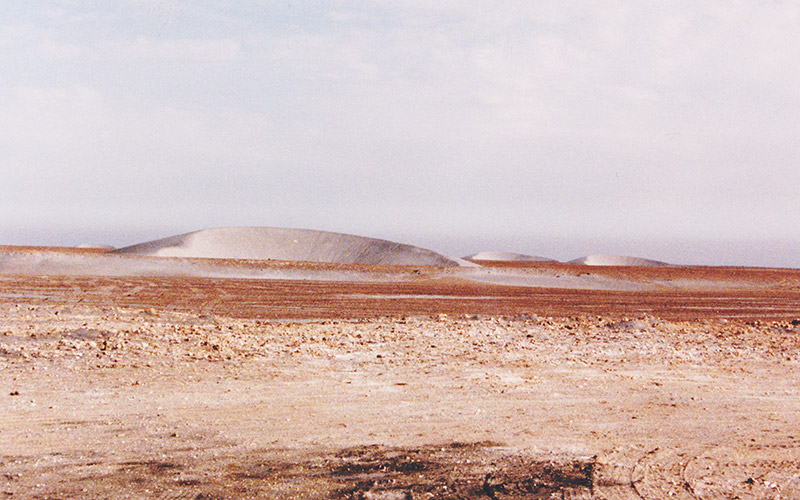 The Majes 2000 project is located in one of the most arid regions of the world on the Las Pampas de Majes Desert 50 miles south of Arequipa, Peru. Annual rain fall is less than 5 inches per year. Shown in the picture are migrating sand dunes unique to this desert.
The Majes 2000 project is located in one of the most arid regions of the world on the Las Pampas de Majes Desert 50 miles south of Arequipa, Peru. Annual rain fall is less than 5 inches per year. Shown in the picture are migrating sand dunes unique to this desert.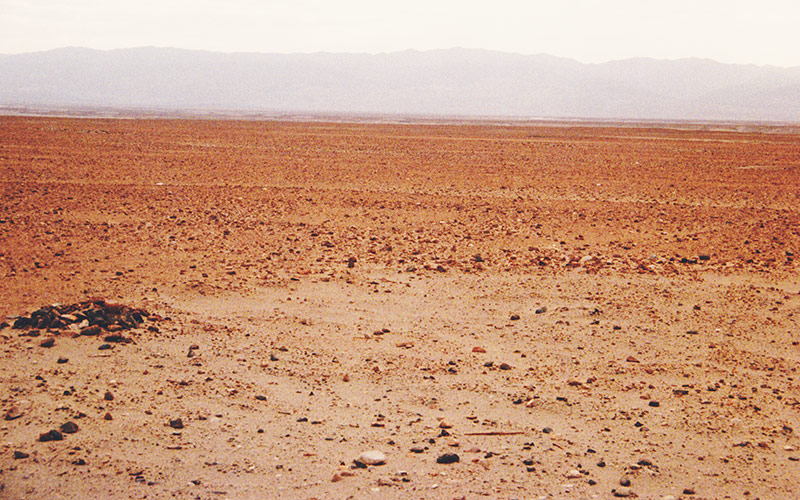 Rainfall in this desert is almost non-existent. This picture shows typical land area prior to development. Water source is from the Andes Mountains shown in the background.
Rainfall in this desert is almost non-existent. This picture shows typical land area prior to development. Water source is from the Andes Mountains shown in the background.
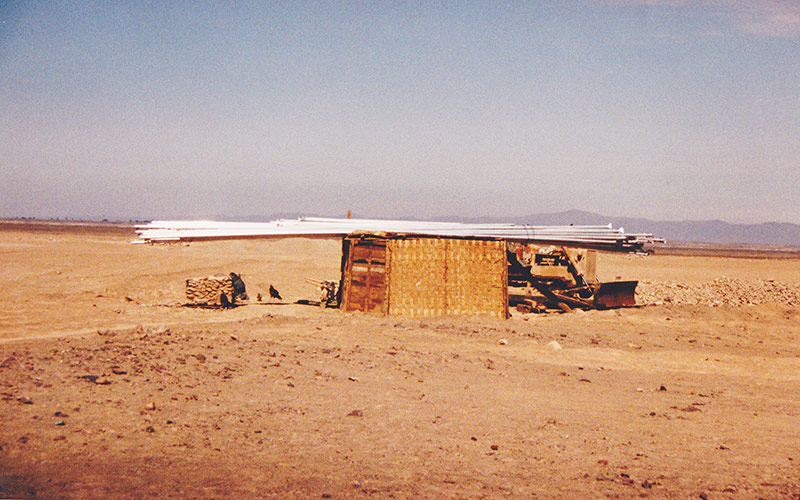 The irrigation system is delivered to peasant farm. It is stored on the roof of the farmer’s hut to prevent theft since the farmer considers it his most valuable possession.
The irrigation system is delivered to peasant farm. It is stored on the roof of the farmer’s hut to prevent theft since the farmer considers it his most valuable possession.
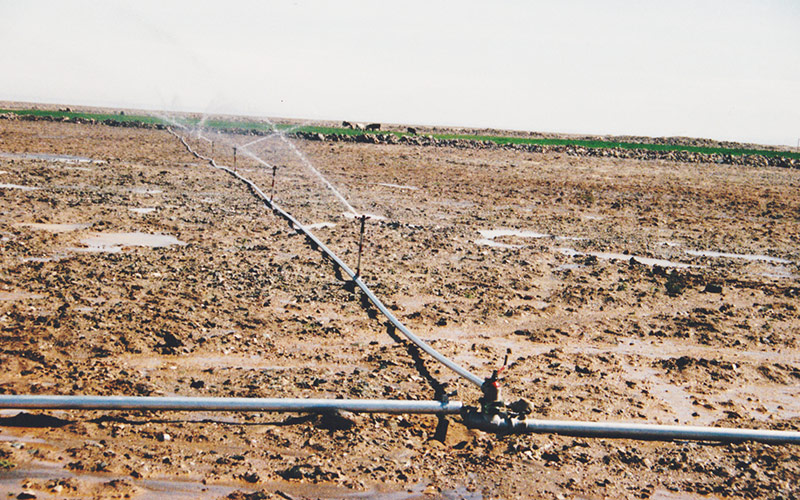 First irrigation is for a long period of time to soak the soil and leach out chemicals. Typical farm size is approximately 12 acres.
First irrigation is for a long period of time to soak the soil and leach out chemicals. Typical farm size is approximately 12 acres.
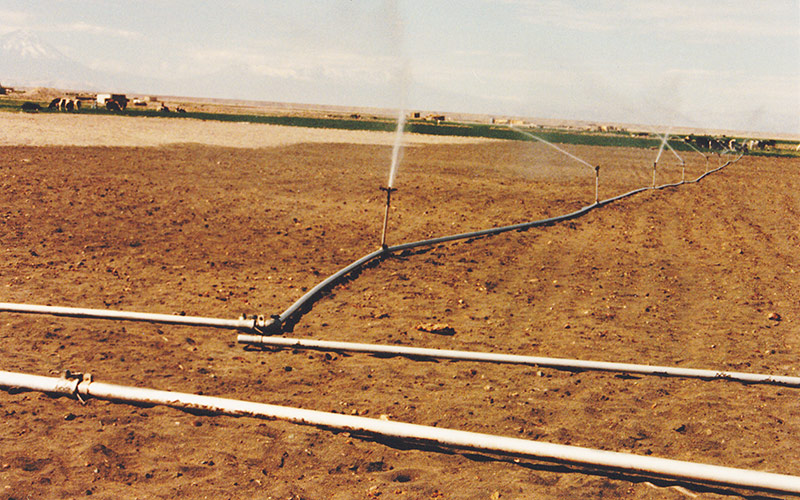 Rocks have now been removed from farm site, soil has been leached, and the crop planted. Andes Mountains are in the background.
Rocks have now been removed from farm site, soil has been leached, and the crop planted. Andes Mountains are in the background.
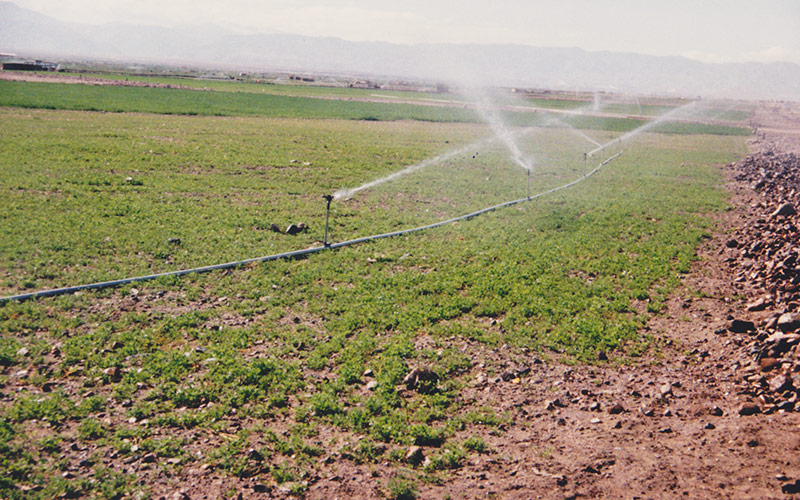 Alfalfa crop starting to grow. Note rocks on right-hand side of picture which have been removed from field. Typical irrigation cycle is 2-1/2” of water every eight (8) days.
Alfalfa crop starting to grow. Note rocks on right-hand side of picture which have been removed from field. Typical irrigation cycle is 2-1/2” of water every eight (8) days.
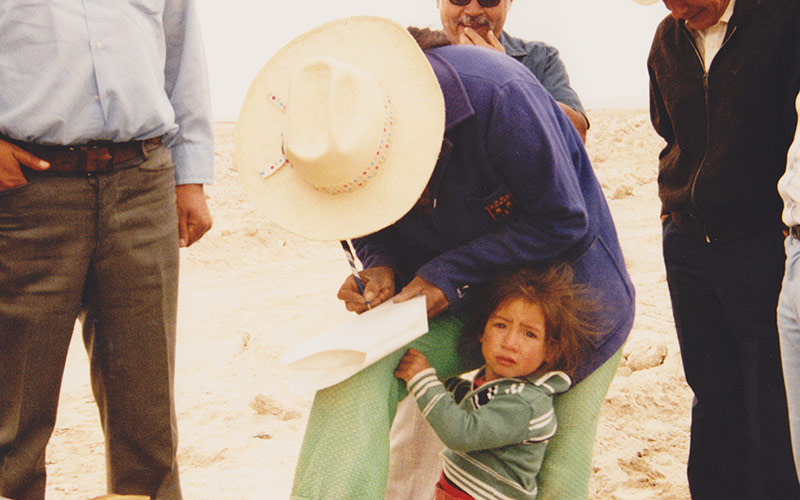 Irrigation water also provides household water for other uses such as drinking, dish washing, and bathing.
Irrigation water also provides household water for other uses such as drinking, dish washing, and bathing.
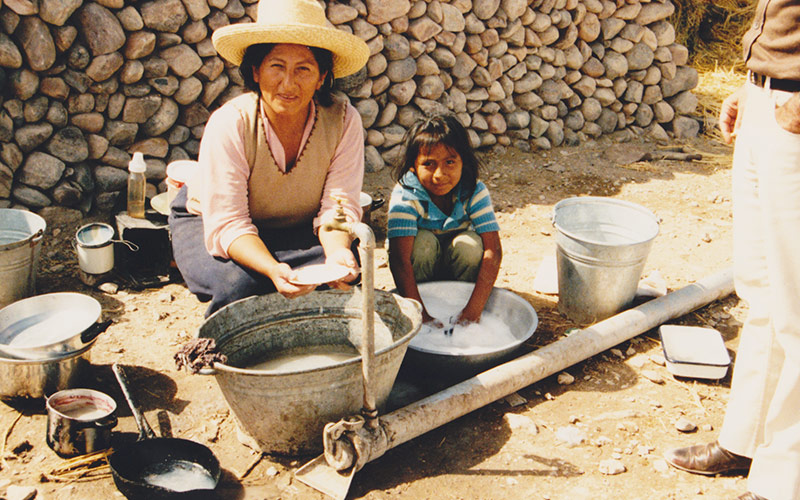 Picture of peasant farmer woman signing papers for her farm ownership. She and her husband receive full title to property.
Picture of peasant farmer woman signing papers for her farm ownership. She and her husband receive full title to property.
Majes Project 2013
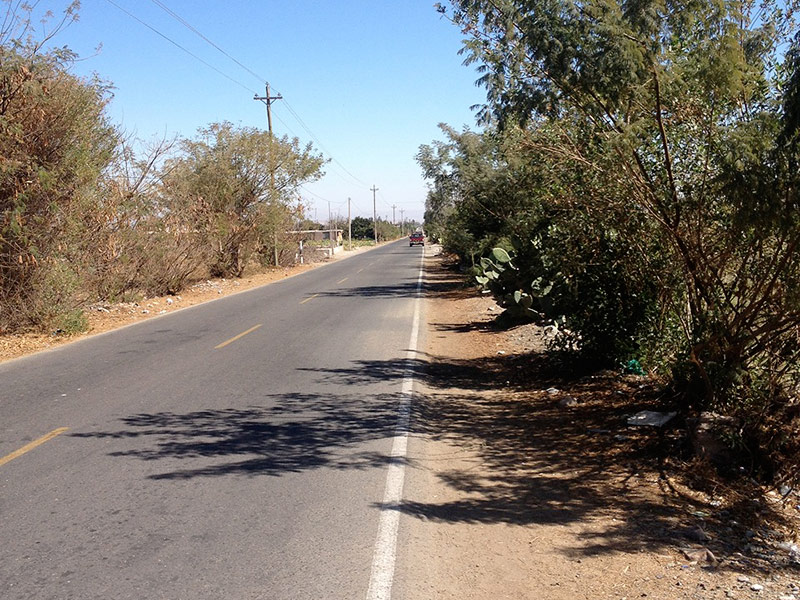
Road in Majes
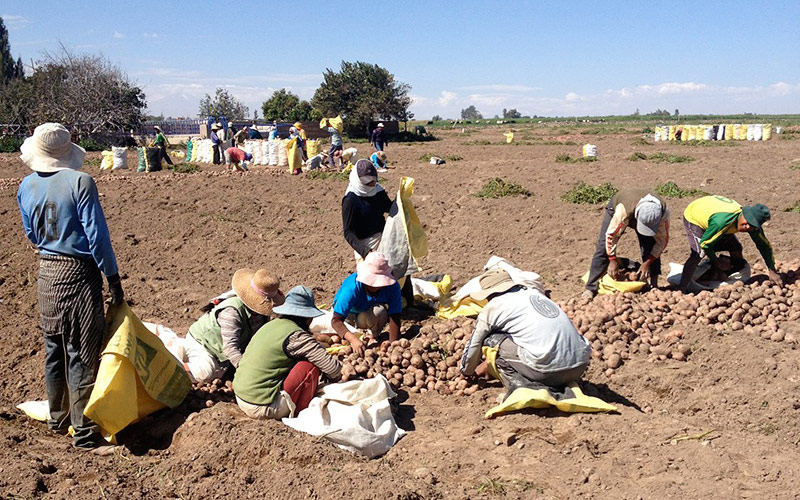
Potato Harvest
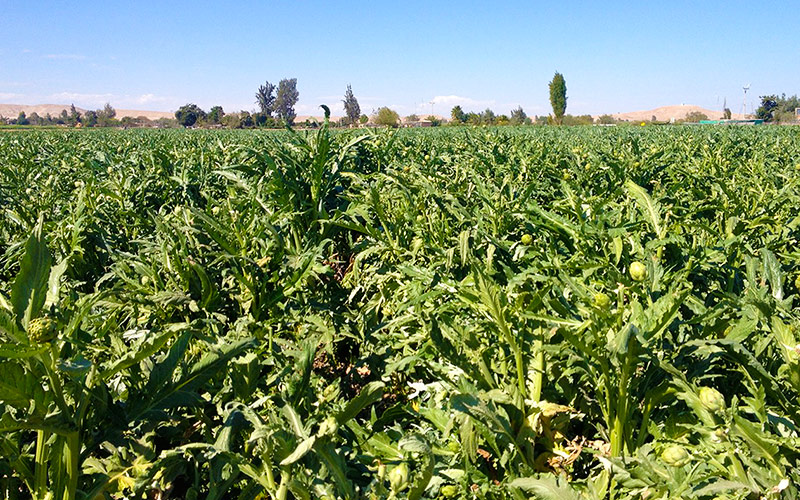
Artichokes
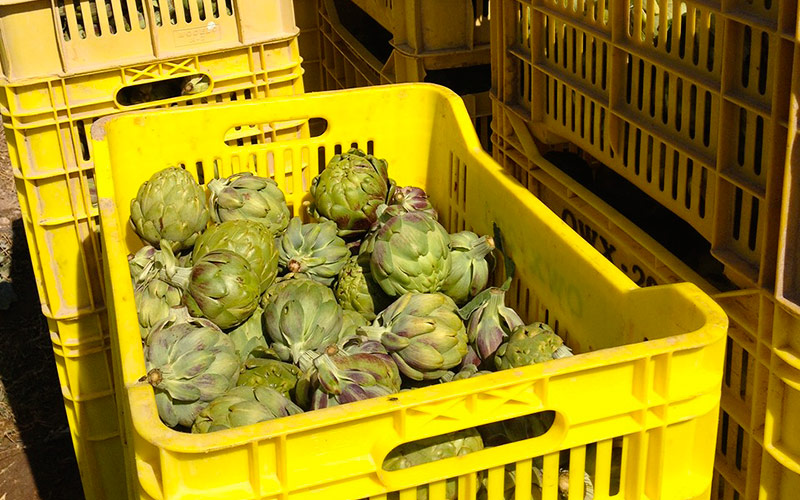
Ready for Market
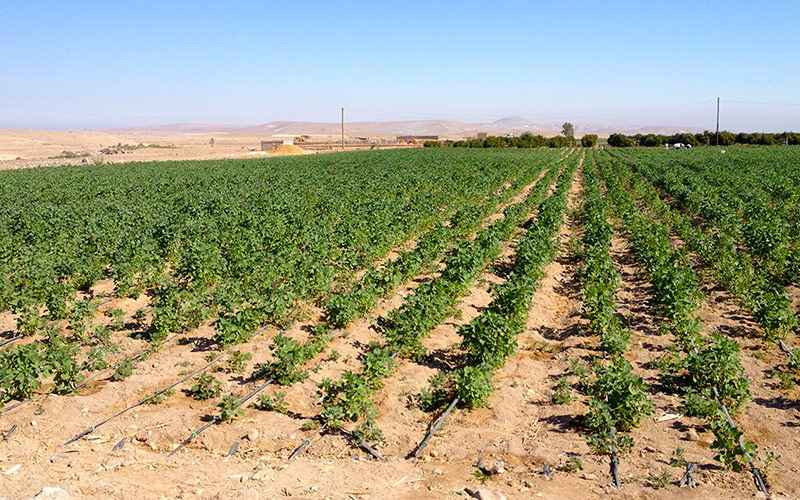
Beans
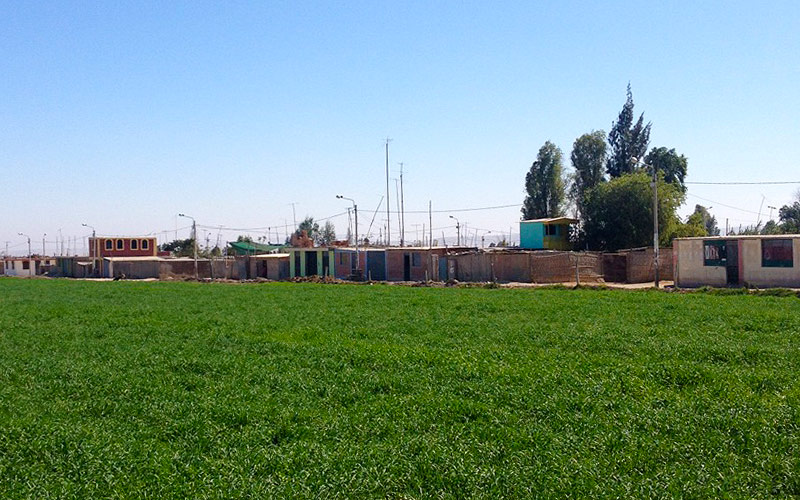
Typical House
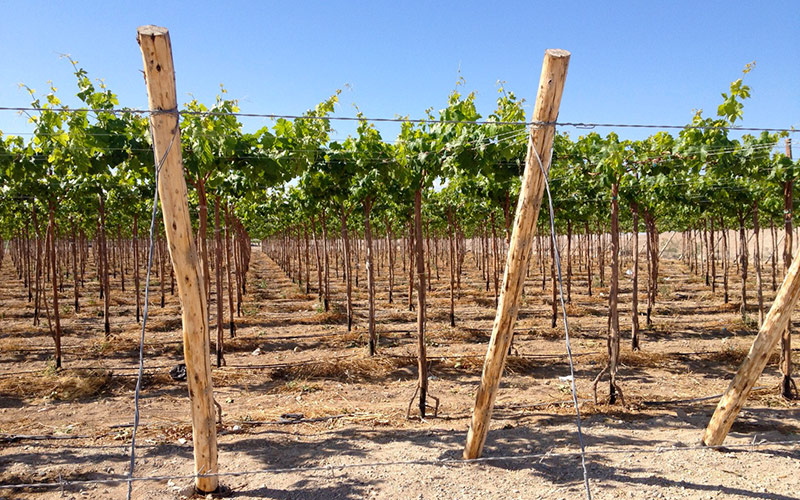
Vineyard
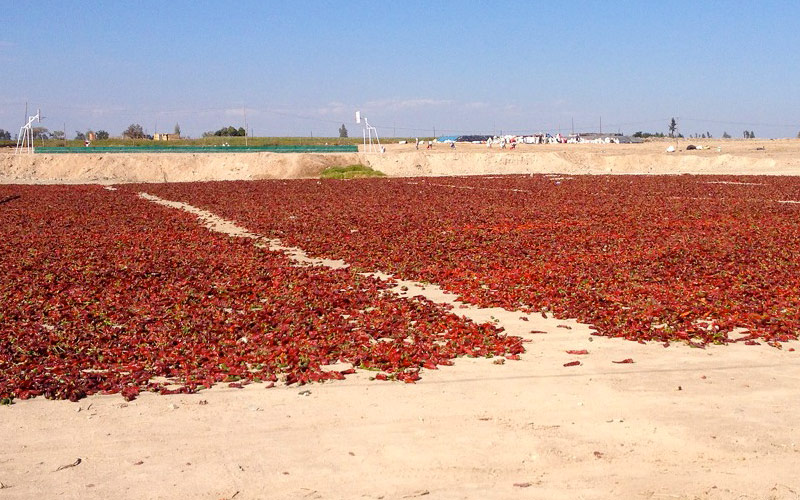
Paprika Drying in the Sun
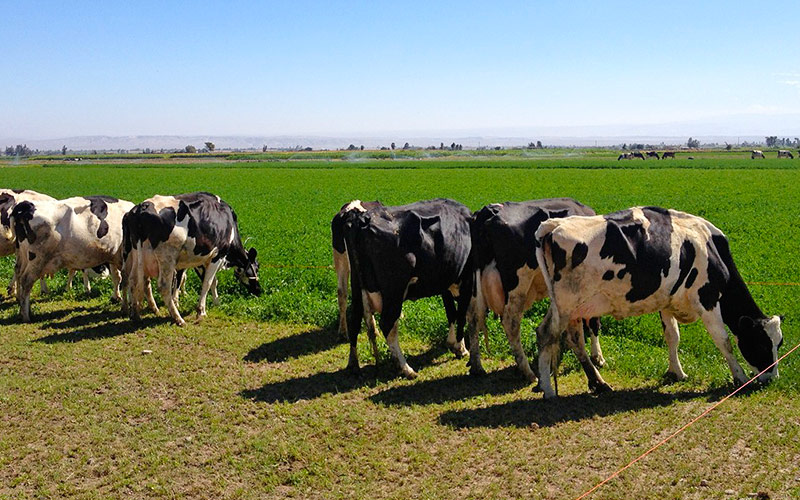
Dairy
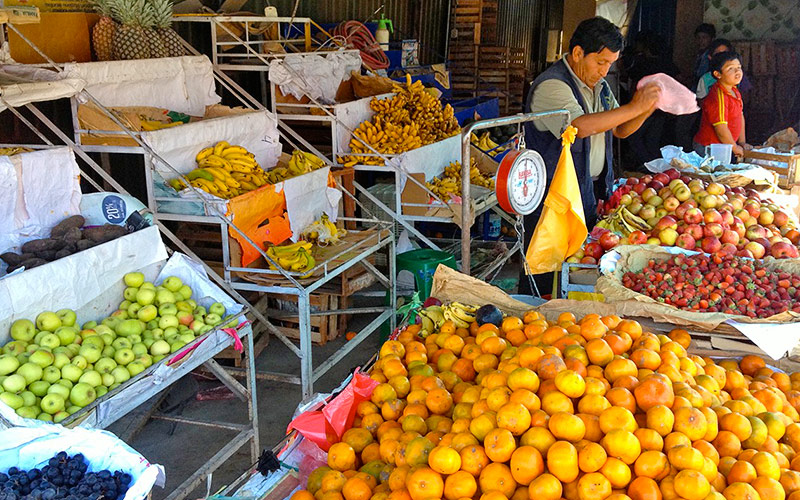
Local Market
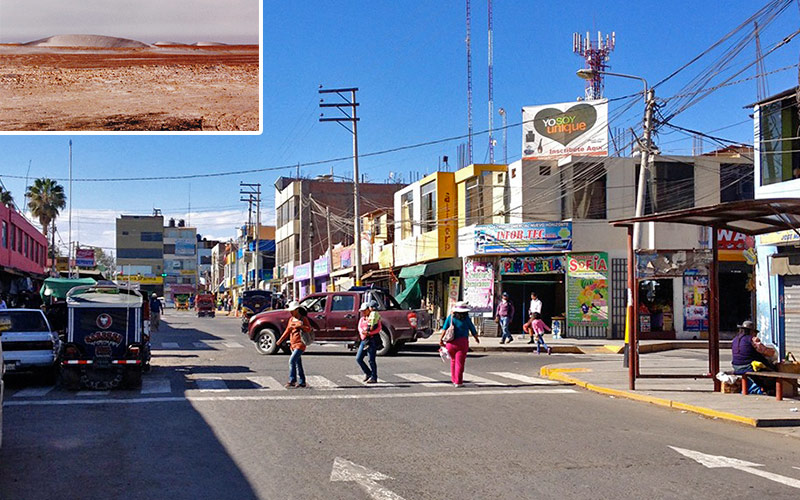
Majes City
50,000 people live in Majes projectSummary
- 20,000 hectares developed
- 4,000 farms and homes for families
- Clean drinking water
- Profitable agriculture development
- Agri-businesses established
- Land value today per hectare: $80,000
- Thriving community